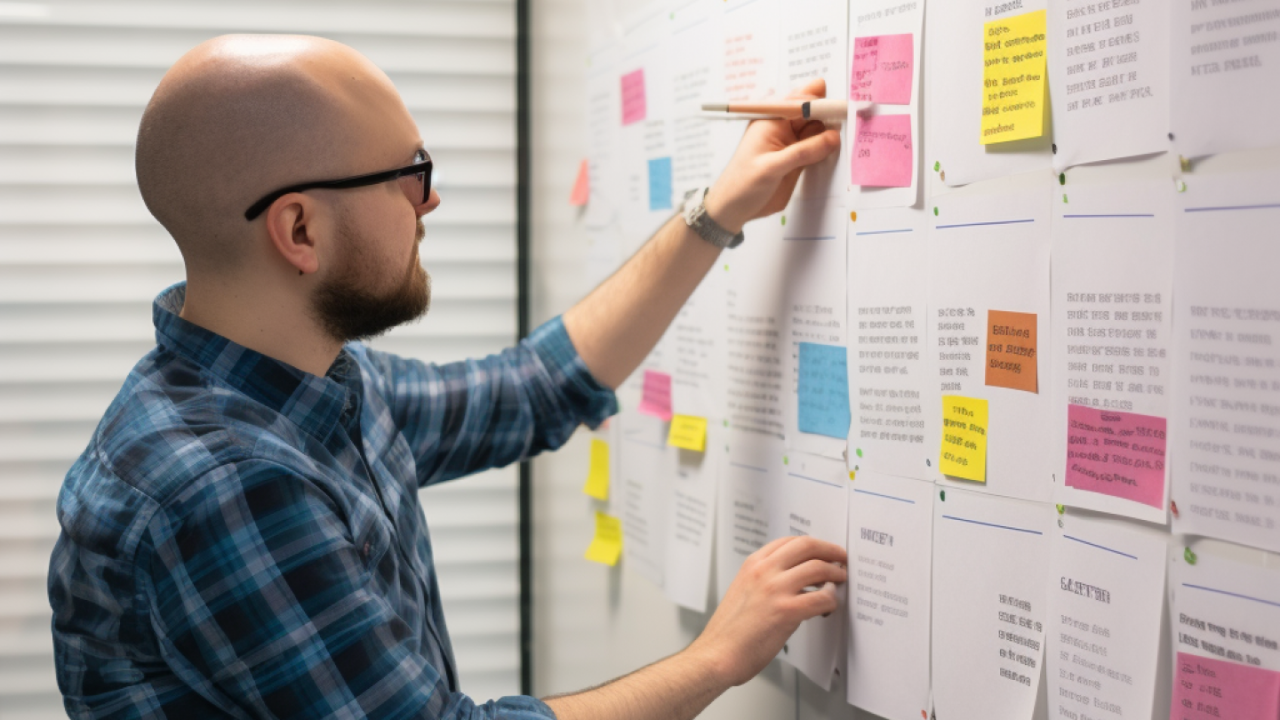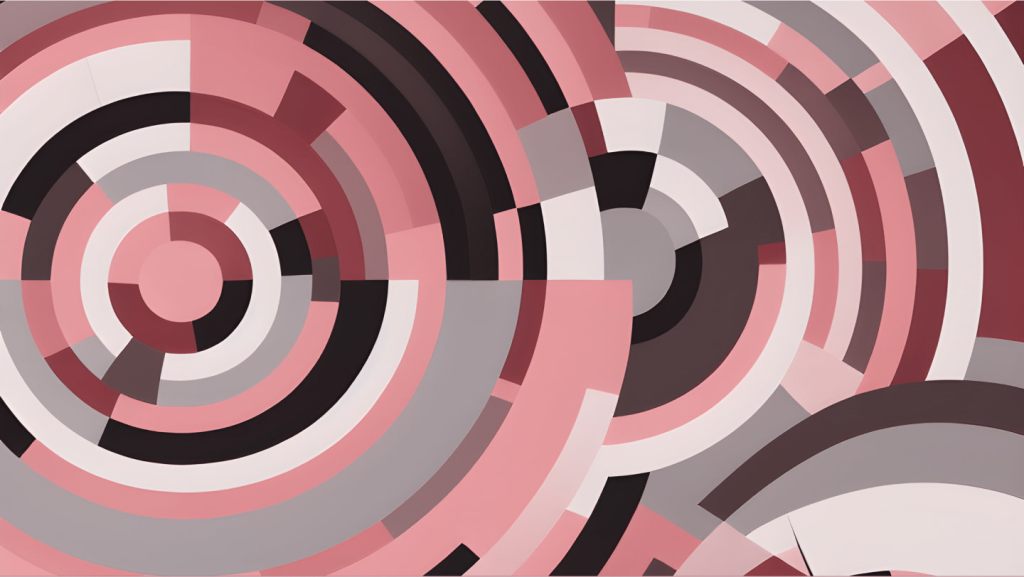How designers and stakeholders can communicate more effectively
When we think of a designer’s job, we usually think of tasks such as researching customer needs, wireframing, creating flows, and polishing mockups.
However, all of that means very little if we can’t communicate our work to stakeholders, such as business leaders, in a way that convinces the business to put ideas into action.
If we don’t do a good job of communicating about our design choices, we can risk:
- Loss of stakeholder confidence in our abilities and judgment
- Poor product decisions
- Project delays
The good news is that there are things we can do to improve our chances of success. And this work starts long before we enter the conference room (or Zoom window).
Keep project goals in mind
Every design choice you make should ultimately help the team achieve the business goals that were established at the beginning of the project. (You established goals, right?)
Having these goals clearly defined will give you and your team a rubric against which to make decisions. Is preventing errors a top goal? Then you will want to build in extensive validation and help text. Is reducing task completion time a top goal? Then you may want to allow users to quickly move through tasks and edit them later.
At the beginning of each presentation to stakeholders, remind the group of these goals. (Yes, they will be bored of this slide by the end of the project, but that just means it’s become second nature to them!) Then, as you walk through designs and recommendations, reinforce how each decision helps to achieve those goals.
If you skip this step, decisions will be made based on other factors, such as one stakeholder’s strong opinion—or what they had for lunch.
Use visuals and prototypes
When thinking about what you will present, consider what you can make visual. I have been in many meetings where we talked circles around a concept, just to have the issue settled with a sketch. Words can be interpreted differently by different people, but when stakeholders have a visual in front of them that they can react to, you can at least be certain that you’re all talking about the same thing.
Prototypes in particular are useful because they make our designs and interaction recommendations concrete for stakeholders. They show the product working and give full context for the system. A series of static images can be much more difficult to get a handle on.
However, don’t limit yourself to screen designs when thinking about visuals. Diagrams that illustrate information architecture, product strategy, or data structures can also be extremely useful for getting everybody on the same page.
And be sure to share your visuals with the group afterwards, so they can refer to them in the future.
Get rid of distractions
You want to keep the conversation focused on the elements you need feedback about. This will vary from one meeting to another, of course. In the early stages of a project, you want stakeholders to focus on the big picture, while later on, you may want feedback on specific interactions.
So what can distract you from this goal? On a basic level, you want to make sure your materials are free from obvious mistakes such as typos, font mismatches, or misalignments. However, what sticks in a stakeholder’s throat can vary from one person to another. I’ve seen some stakeholders get confused by placeholder data, while others get sidetracked by actual data if there are discrepancies. Nailing down these details can make rapid iteration difficult, but they have a big impact on the success of a meeting, so it’s worth getting to know what matters to your stakeholders and removing any potential issues.
Prepare backup
What is a backup? This includes materials that you aren’t planning to present but can call upon if needed. This might include alternative designs, research findings, competitor examples, etc.
To figure out what kind of backup you need, you will want to carefully anticipate what objections the stakeholders might have and how you could respond. Did they ask about a certain approach in a previous meeting? You might want to explore that option and be ready to show why it may or may not work.
There are designers who feel strongly that you should only ever present what you consider to be the best option, but this is a risky approach, especially near the beginning of a project. You need to first build stakeholder trust that you are fully exploring the problem space and presenting them with thoughtfully considered solutions.
Rehearse. Rehearse. Rehearse.
Practice is invaluable. You don’t necessarily need to write out a script, but at least run through your presentation a few times so you have an idea of what you want to say and can come up with the best phrasings. It’s very easy to go in thinking you know what you want to say and then end up with word salad, especially if you get a touch of nerves.
If possible, rehearse with members of your team who can help you brainstorm potential objections and come up with alternative ways of presenting information.
Once you’re in the room…
Remember your project goals? Now is the time to reiterate those, along with setting expectations for the kind of feedback you are hoping to receive. There will always be someone who wants to provide typography feedback on wireframes, but you can minimize this risk by setting the stage for where you are in the project and what you need to gain from the meeting.
And finally, try very hard to respond to feedback gracefully! Remember, your goal is not to win over stakeholders to your point of view. Your goal is to create a great product. You are not going into combat; you are going into a conversation. Thank them for the feedback, and if you can’t respond immediately, promise to consider their feedback thoughtfully (and then actually do that).
When wrapping up, be clear about what the next steps are and what everybody can expect. And be sure to thank stakeholders for their time and feedback. Your project may not be the most urgent thing on their agenda that day, but they have made the time to contribute.
If all has gone well, at this point you will have moved the project forward and set yourself up for a great next session. And if you’re looking for a more in-depth exploration of design presentation best practices, I highly recommend the book Articulating Design Decisions by Tom Greever.










